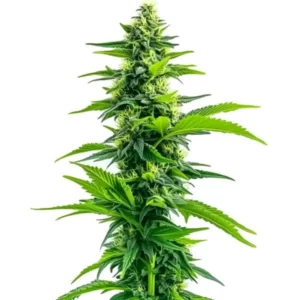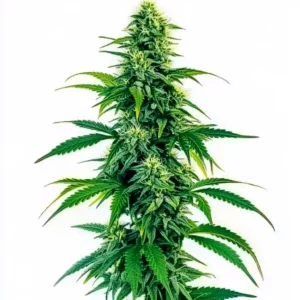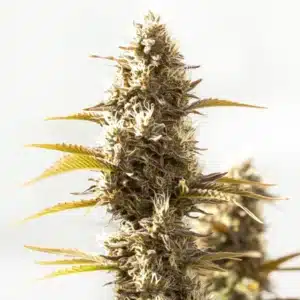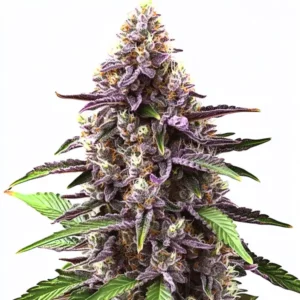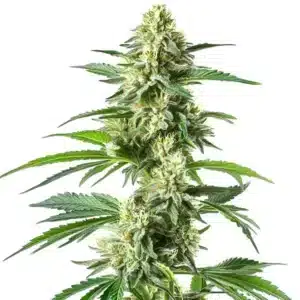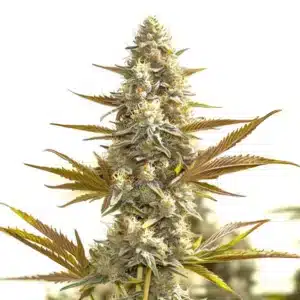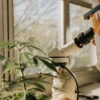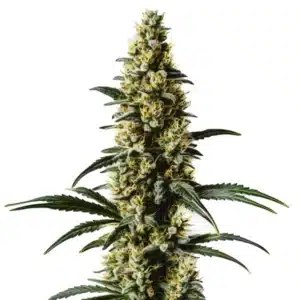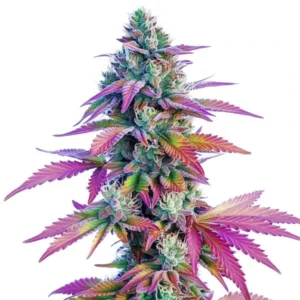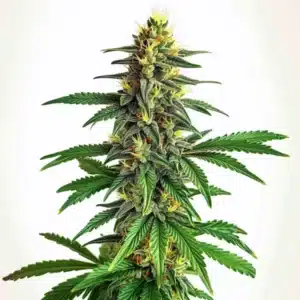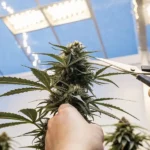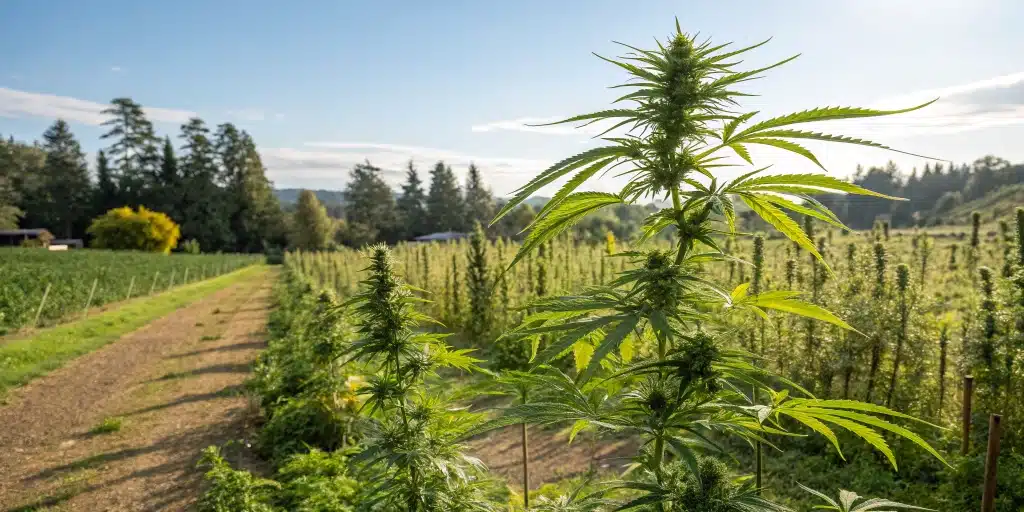
Optimizing Growth: When to Top Outdoor Plants for Better Results
Recognizing the Right Time for Topping Outdoor Plants
Signs Your Plant is Ready
Outdoor plants show clear signals when they are ready for topping. Look for strong branch formation and even growth patterns that hint at extra energy stored in the top. Leaves may begin to cluster and the plant’s overall vigor can suggest that it is time to intervene. When to top outdoor plants becomes clear when these natural signs appear, offering a perfect window to improve branching and boost yield. Observing these changes carefully ensures you act at just the right moment for optimal growth.
Monitoring these natural signals is key. Regularly inspect your plants and note any changes in leaf shape or color. When to top outdoor plants is often best decided by noticing subtle shifts in growth speed and plant density. Overly tall, leggy growth may signal that the plant is ready to be topped. By keeping a close eye on these indicators, you can be confident in making the best decision to shape your outdoor garden effectively.
Recommended Strains
Acapulco Gold
|
|
THC | 15% - 19% (Medium) |
|
|
Type | Feminized |
|
|
Yield | Medium |
|
|
Phenotype | 30% Indica / 70% Sativa |
Acapulco Gold Autoflower
|
|
THC | 20% - 24% (Medium) |
|
|
Type | Autoflowering |
|
|
Yield | Medium |
|
|
Phenotype | 30% Indica / 70% Sativa |
Monitoring Growth and Health
Consistent observation of your outdoor plants’ progress helps you pinpoint when to top outdoor plants. Tracking height and the number of branch nodes gives clear evidence of when the plant has reached the stage that benefits from topping. Healthy plants with robust foliage usually respond well to being topped, resulting in a bushier structure. This practice encourages the plant to divert energy to lower growth areas, setting the stage for a more abundant harvest while maintaining overall vitality.
Regular health checks ensure that your plants remain strong after topping. Look for signs of stress or uneven growth that might indicate the plant is not yet ready for a major change. When to top outdoor plants should be determined by a careful assessment of overall health and growth patterns. This approach helps maintain the balance between aggressive growth and natural plant development, so you end up with a garden that is both attractive and productive.
Promos & Deals
Benefits of Topping Outdoor Plants
Encouraging Bushier Growth
Topping outdoor plants offers a clear benefit by encouraging bushier growth. Removing the main tip redirects energy to side branches, creating more even canopies and increasing the number of flowering sites. Many growers ask themselves when to top outdoor plants, and by doing so at the right moment, you invite a more robust and fuller structure. This method helps even out growth, making the plants sturdier and more manageable for outdoor cultivation.
Enhancing Yield and Airflow
This technique not only improves plant shape but also enhances yield and airflow. With a more open canopy, light reaches lower parts of the plant, reducing the risk of mold and ensuring that every bud gets enough sun. When to top outdoor plants is a decision that can lead to healthier, more productive plants. Better airflow around the branches lowers humidity and reduces pest issues, which in turn results in a more bountiful harvest. Focusing on these benefits ensures that your outdoor garden is as efficient as it is fruitful.
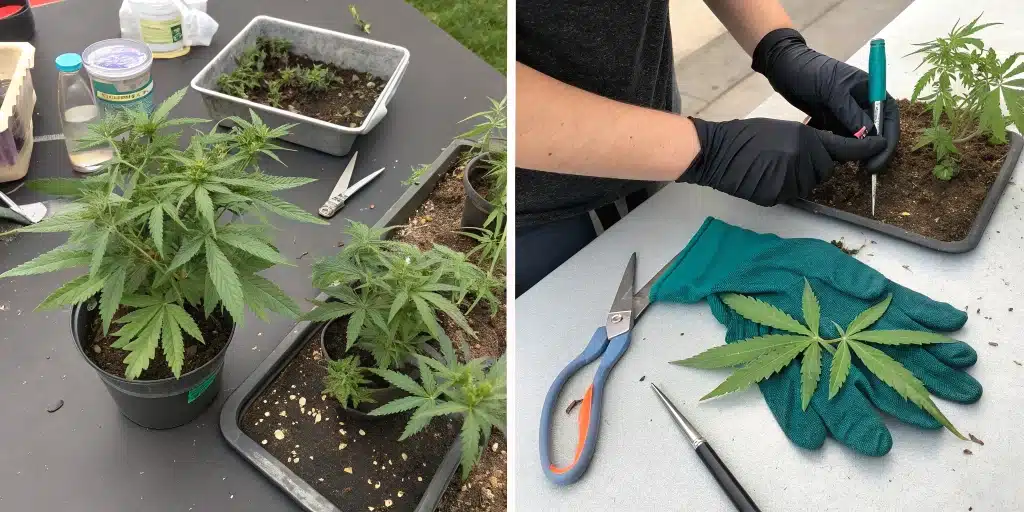
Step-by-Step Topping Process for Outdoor Plants
Preparation and Tools Needed
Before you start, gather all the necessary tools and prepare a clean work area. You will need a pair of sharp scissors or pruning shears, gloves, and a disinfectant solution to keep your equipment clean. Ensure that the plant is dry and healthy before you begin, as wet leaves can cause damage during the process. When to top outdoor plants becomes straightforward when your tools and environment are ready, reducing the chance of mistakes and ensuring a smooth cutting process for a neat finish.
It is important to set up in a sheltered spot away from wind or direct rain, which might stress the plant further. This careful preparation supports safe handling and minimizes the risk of infection. Take a few minutes to assess the overall condition of the plant and plan where to make your cuts. When to top outdoor plants should be done at a time when the weather is calm, and the plant is in an active growth phase, so you set the stage for rapid recovery and enhanced growth.
How to Execute the Top
Once you have prepared, it is time to execute the top with precision. Identify the main stem and decide exactly where to cut, usually just above a node where two new branches are visible. Make a clean, quick cut with your sterilized scissors to remove the tip without damaging the surrounding leaves. When to top outdoor plants at this stage means acting swiftly and confidently, ensuring that the plant is not shocked by a rough or uneven cut. This method supports a smooth transition from vertical growth to lateral branching.
After the cut, remove any damaged leaves around the area to prevent potential infections. Clean the tool between plants to avoid spreading pathogens. The goal is to encourage the plant to heal quickly and direct its energy into creating a fuller canopy. When to top outdoor plants is best done with care and precision so that the plant can recover and thrive with its newly distributed energy, leading to better overall performance.
Aftercare Tips for Topped Outdoor Plants
Proper Watering and Nutrient Management
After topping, proper watering and nutrient management are key to helping your plant recover quickly. Water the plant moderately to keep the soil moist without overwatering, which could lead to root rot. Apply a balanced nutrient mix that supports new growth and strengthens the plant. When to top outdoor plants is a decision that should be complemented by careful aftercare, ensuring that the plant receives everything it needs to bounce back and develop new branches effectively. This step is essential for a healthy recovery and vigorous growth.
Monitor the soil moisture and adjust your watering schedule based on weather conditions. Nutrient levels should be maintained to support the plant during its recovery phase, especially when it starts developing additional branches. Consistent care after topping helps reduce stress and promotes faster healing. When to top outdoor plants must be paired with diligent aftercare practices to ensure that the plant can fully utilize its redirected energy, setting the stage for a rich and bountiful harvest.
Adjusting Light and Support Structures
After the topping process, ensuring that your plant receives adequate light and support is essential. Adjust any support structures like stakes or trellises to accommodate the new bushier growth pattern. Make sure that the plant gets plenty of direct sunlight throughout the day to help it recover and encourage vigorous side branch development. When to top outdoor plants is best managed when you provide the plant with an environment that supports its new structure, keeping it upright and stable during its recovery.
Regularly check that the plant is not being over-shadowed by nearby foliage or structures, which could inhibit growth. Fine-tuning light exposure and physical supports ensures that the plant remains strong and healthy after topping. This careful adjustment helps the plant focus on building a fuller canopy, ultimately enhancing yield and airflow. When to top outdoor plants becomes part of an overall care routine that includes smart support and lighting adjustments, guaranteeing a steady recovery and continued robust growth.
Avoiding Common Topping Pitfalls
Recognizing Over-Topping or Under-Topping
One of the biggest challenges is knowing when you have topped the plant too much or not enough. Over-topping can stress the plant, while under-topping may not stimulate the desired bushy growth. Pay close attention to the plant’s response after the first topping. When to top outdoor plants should be timed so that you remove just the right amount of the main stem without causing undue shock. Avoid making repeated cuts in the same area, as this can weaken the plant and reduce yield over time.
Learning from each topping session can help you fine-tune your technique. Observe how the plant recovers and note any signs of stress or overgrowth. When to top outdoor plants must be done carefully to strike the right balance, ensuring that you achieve a bushier structure without compromising overall health. Continuous observation and slight adjustments in the amount removed can make all the difference, leading to consistent results and robust outdoor plants that yield more over the season.
Preventing Timing Errors and Promoting Quick Recovery
Avoiding timing errors is essential for successful topping. Cutting too early or too late can disrupt the plant’s natural growth cycle. Always wait for clear indicators of readiness before making the cut. When to top outdoor plants is a matter of precision that requires you to align your actions with the plant’s growth rhythm. Providing immediate aftercare, such as proper watering and nutrient boosts, promotes quick recovery and helps the plant adapt to its new structure without stress.
It is also important to schedule your topping during calm weather to prevent additional stress. Sudden changes in temperature or wind can interfere with the plant’s recovery process. By carefully timing your topping, you can ensure that the plant redirects its energy effectively toward new growth. When to top outdoor plants should be integrated into your routine planning, ensuring that every step of the process, from cutting to aftercare, leads to a healthier, more productive garden.

FAQs about when to top outdoor plants
What signs indicate that my plant is ready for topping?
The best sign is when the plant shows strong vertical growth with a clear main stem and visible side nodes. When to top outdoor plants becomes evident as you notice dense growth near the top and a tendency toward leggy branches. Keeping an eye on these signals will help you decide if it is the right moment for topping. Ensuring proper plant health before topping can enhance recovery and growth significantly.
How does topping affect the overall yield of outdoor plants?
Topping helps redirect the plant’s energy to developing more branches, which can lead to a bushier structure and more flowering sites. When to top outdoor plants at the right moment improves light penetration and airflow, reducing stress and boosting overall yield. This method encourages balanced growth, resulting in a more abundant harvest. Proper aftercare after topping further enhances recovery and leads to sustained productivity throughout the growing season.
What are the most important aftercare steps following topping?
After topping, ensure your plant receives adequate water, nutrients, and light. Adjust support structures to help the new branches grow well. When to top outdoor plants should be complemented by careful monitoring of soil moisture and nutrient levels to promote quick recovery and strong new growth. This approach prevents stress and encourages the plant to flourish with a balanced canopy that maximizes yield and overall health.


